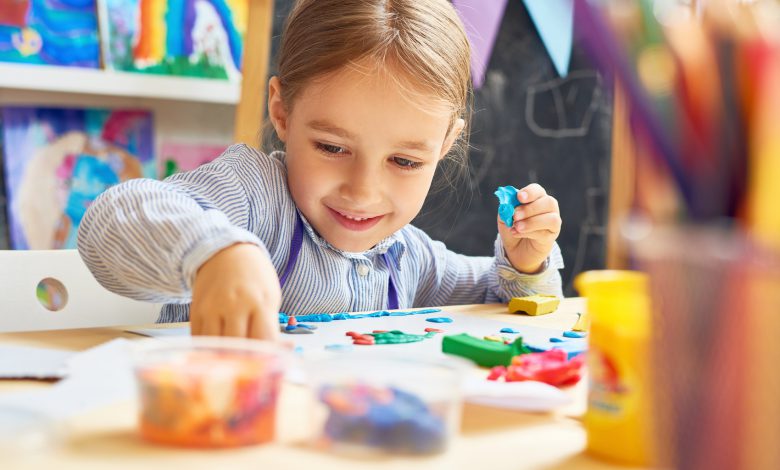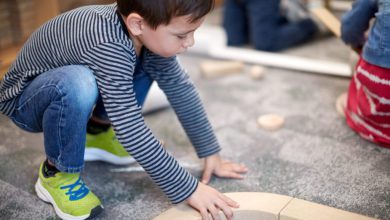Exploring the Whole-Child Approach to Education

How do children learn?
The answer to this intriguing and complex question is surprisingly straightforward: any way they can.
That’s the concept behind a whole-child approach, which promotes instruction that fosters all areas of a child’s development and learning. A whole-child approach doesn’t reduce learning to worksheet tasks or “busy work.”
Instead, this approach helps children acquire and apply essential knowledge, skills, and abilities across major developmental domains and content areas. It’s an approach that honors and promotes both the acquisition of information and the pursuit of wonder. It’s an approach that leverages developmentally appropriate instruction, engagement, and assessment in such diverse areas as
Powerful Differentiators
You may be familiar with how traditional elementary school curricula are split into isolated blocks of time, which are each dedicated to acquiring specific content skills, such as those related to mathematics, language, and literacy.
But children and adults don’t use these skills in isolation, so teaching them in isolation limits their potential as foundational skills that children can then apply to new contexts and problems.
A whole-child approach doesn’t neglect content learning, such as science and social studies. On the contrary, it integrates all domains throughout the curriculum. Key skills are introduced, modeled, and practiced in meaningful contexts that make children more likely to grasp and use these new skills to continue their learning.
Aside from promoting deep learning, meaningful and exciting experiences can also reduce challenging classroom behaviors.
Research-Backed, Teacher-Approved
A whole-child approach doesn’t just make sense. It’s also backed by research.
For example, a recent study of the learning sciences and educational research published in Applied Developmental Science found that “the brain and human capacities grow over the course of the entire developmental continuum and across the developmental spectrum (physical, cognitive, affective) in interactive ways” (Darling-Hammond et al., 2019).1
Play, a core component of the whole-child approach, has also received increasing recognition for its critical role in children’s development. According to The National Association for the Education of Young Children (NAEYC) (n.d.), “Play is an important vehicle for developing self-regulation as well as for promoting language, cognition, and social competence.”2
The whole-child approach to early education has proven successful on two fronts. First, it builds academic skills that children can transfer to new contexts. Second, it helps children embrace positive feelings about themselves, their relationships, and their learning.
Your Guide to a Whole-Child Education
Our latest eBook, An Early Childhood Educator’s Guide to a Whole-Child Approach, takes a deep dive into the whole-child approach and its role in practical application in early childhood programs.
Our eBook provides
- descriptions of whole-child instruction and assessment across content learning areas and developmental domains;
- a dedicated section on individualizing support for all children, including those with identified special needs;
- ideas for creating a welcoming learning environment that celebrates and honors diversity;
- support for minimizing disruptive behaviors through the development of social problem-solving skills and active engagement in learning;
- practical strategies for implementing a whole-child approach in your classroom; and
- a checklist for selecting the best whole-child curriculum for your program.





